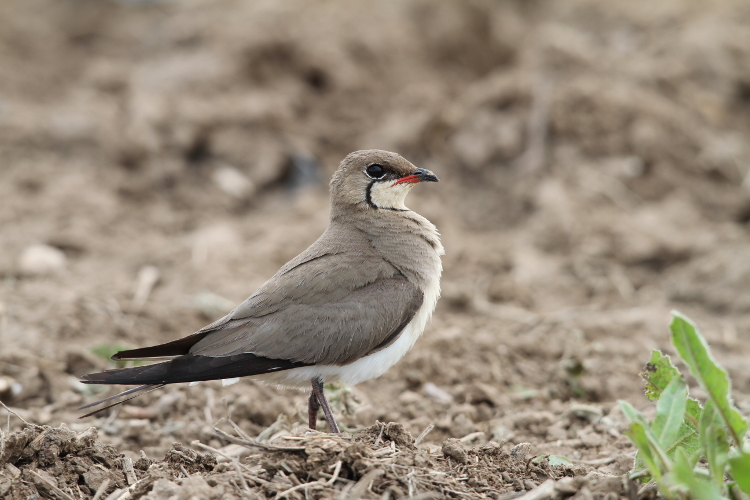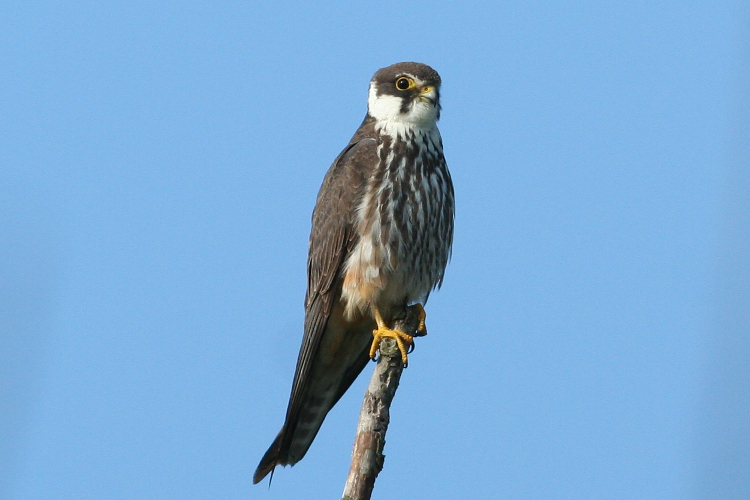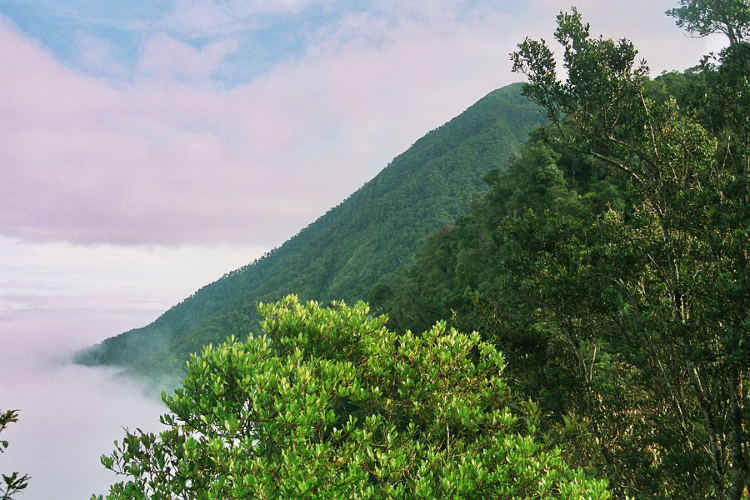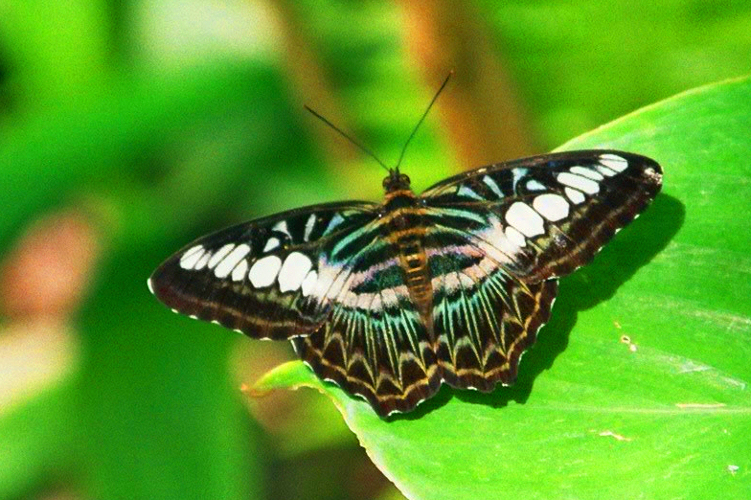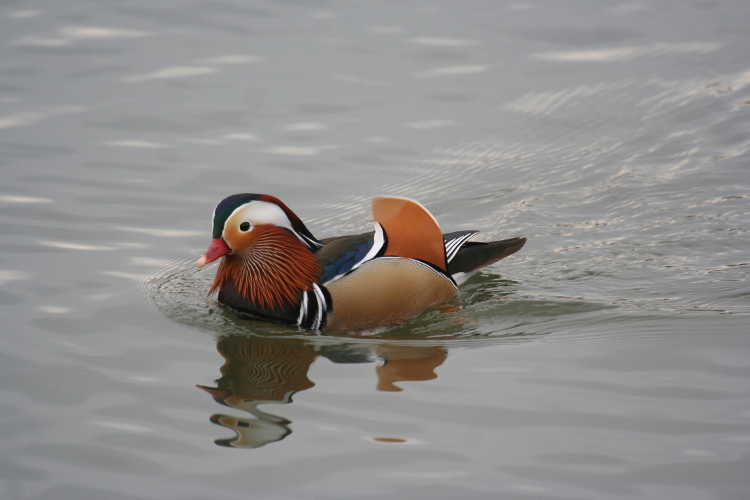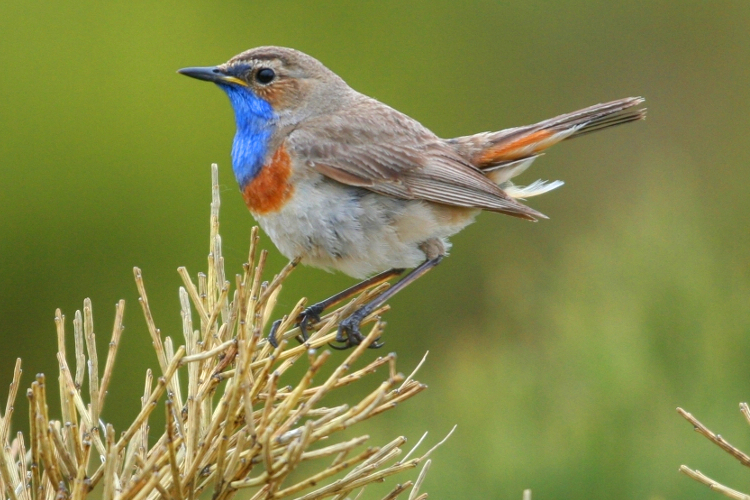LINKS





orientalbirdclub
Ayuwat Jearwattanakanok's BS
Tim Laman's WP
Festival de la photo de Montier-en-Der
National Geographic
Birds of the World
IOC World bird list
www.wikiaves.com
www.ornitho.lu
www.ornitho.ch
www.faune-grandest.org
Guislain Simard's macro-photo
jewel-beetles
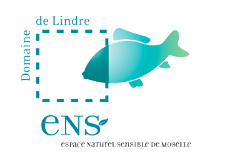





ANDALUCIA
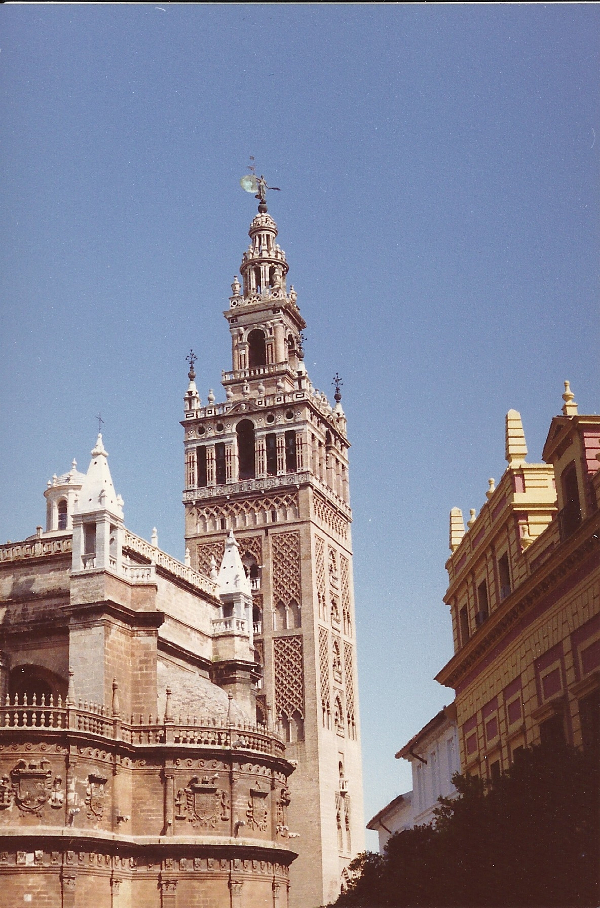
Dehasa de Abajo
The reserve of Dehasa de Abajo is located near the city of Puebla del Rio between Seville and the park of Donana; it is an arranged area around a lagoon comprising two observatories as well as a trail circumventing part of the lagoon; the ground around is rather dry and shrub, white storks are very numerous inside the park. On an other hand little chance to see small passerines in the reserve, there is practically no thickets at this place. The lagoon is an ideal place for quantity of water birds of which black coots, purple swamphens, herons and several ducks; normally, the marbled teal and the crested coot are present on the lagoon but I did not observe them; as a little everywhere in Andalucia, the birds are relatively wary and good observations require discretion and to have good binoculars with high magnification.
Laguna Medina
This protected area is easily accessible by the freeway which connects Seville to Gibraltar, after the town of Jerez de la Frontera; as are name indicates it, the reserve is around a lagoon provided well in vegetation on the shores; this place could have the presence of the marbled teal, of the crested coot and white headed duck (three Andalusian water-birds specialities) but I was obviously not lucky the day when I visited the reserve and did not observe any of the three species.
the laguna Medina has a trail arranged along part of the banks which crosses zones rich in vegetation, lined and thickets are the habitat of many songbirds, nightingales, cisticola, greenfinch, etc. Another speciality of the place is the presence of obscure warbler (genus hippolais), recently recognized like a species except for whole, to differentiate from pale warbler, but the doubt remains relating to me: I am about persuaded that it is well pale warbler in this day of May 21st; this species resembles astonishment the great reed-warbler but are song is closer to that of the plain reed-warbler; concerning eurasian warbler, no possible confusion: this species is quite present in the reserve and it is constantly heard.
Laguna Dulce
It is possible to reach this small reserve by taking the trunk road connecting Seville to Grenade; an arranged carpark, with an observatory is accessible to the exit from the village from Campillos; there still, of good binoculars are necessary for suitable conditions of observation; primarily water birds with this place, ducks, grebes, flamingos, time with other a raptor, kites or other comes to sow the disorder among all this quiet world; it seems that the white-headed ducks are numerous at this place (I counted of it at least ten the day of my visit), the crested coot is also (normally) present in the reserve, though I did not see it this day, several species of grebes (of which that with black neck) are also present at this place.
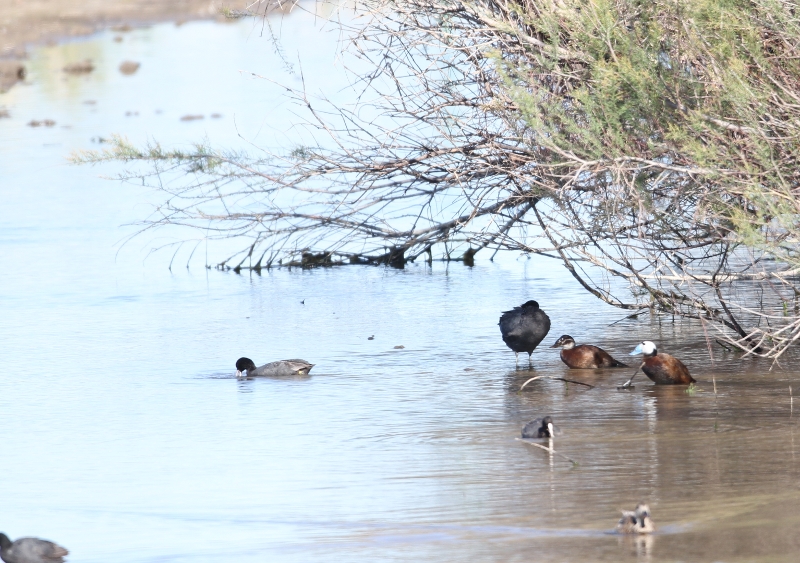
Gibraltar
Gibraltar and his famous rock may offer some good opportunities to observe numerous raptors and see birds, gulls and others who turn constantly around the place. However, constant growing incoming of tourists and various disturbances render more and more difficult a serene visit of this place; only the summit or highest elevations offer good spots and even there you have to be a good connaisseur to get best benefits of your trip.
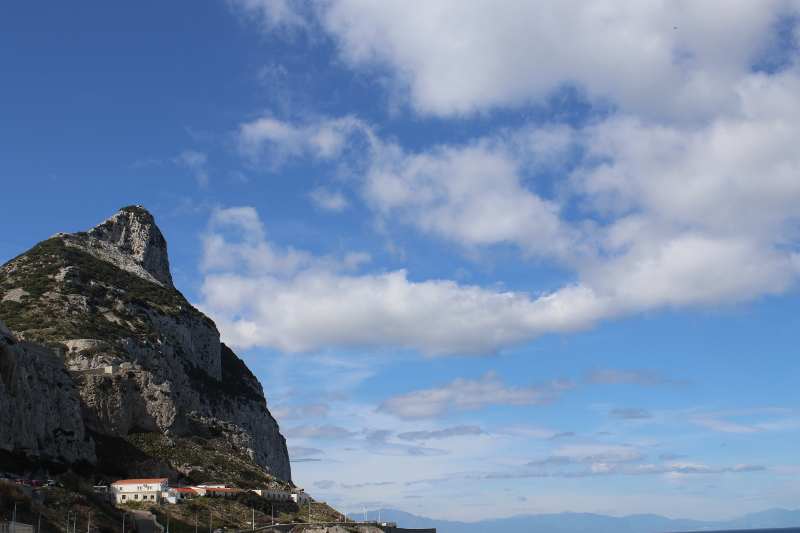
Gibraltar is well know to own the sole population of wild monkeys in Europe, barbarian apes are however more and more difficult to encounter around this place; also a little population of barbarian partridge was introduced from Morocco, but if you want to observe this specie, Canary island or Sardinia are undoubtly better recommended.
Brazo del Este
I could visit the 19 May 20th and 22nd, 2012 this zone located at about twenty kilometers in the south-east of Seville and accessible by a very loose condition's. The reserve, strictly speaking, is a marshy zone strewn reeds and with a well provided vegetation which could be used as place of reproduction with the marbled teal and white head duck; however I could not observe these two species during the three days or I visited the reserve; the birds abound there, spoonbills, ibis, swamphens are numerous there.
As a little everywhere in Andalucia, all the birds are excessively wary, even the coots and the mallards, and of good binoculars and objectives with high magnification are necessary not to compromise your chances of good observations; such a mistrust on behalf of the birds is explained by the behavior of the population: obviously the safeguarding of natural environment does not constitute a major concern for the majority of the Andalusians; in addition the birds of Brazo del Este are constemment prone to disturbances due to the agricultural activities of the neighbourhoods, passages of tractors spreadings of insecticides, etc.
Silence is not either forcing with the program; a kind of aeronotic club elected its districts in the neighbourhoods and if you visit the area on Sunday, you will constently hear the noise of the planes who take off and return.
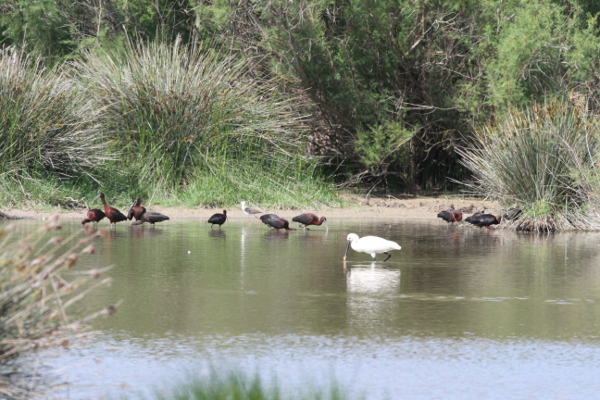
Lastly, if the center of the reserve constitutes a pleasant landscape, the neighbourhoods do not shine by the aestheticism: the area is strewn with concrete work in particular as regards the acqueducs and the water ways; eventually, no infrastructure is made available for birders.
here is the list of observed birds on 19-20-22 may 2012:
- collared pratincole: common in the neighbourhoods
- greater short-toad lark: common in the neighbourhoods
- glossy ibis: abundant
- black-winged stilt: abundant
- white spoonbill: numerous
- pied avocet: some individuals
- cattle egret: abundant
- purple swamphen: abundant
- black coot: numerous
- common pochard: numerous
- red-crested pochard: some individuals
- great white-egret: some individuals
- little egret: some individuals
- common ringed-plover: numerous
- dunlin: numerous
- spotted redshank: some individuals
- whiskered tern: common
- night heron: some individuals
- greenfinch: common
- goldfinch: very common
- little bittern: a sighted individual
